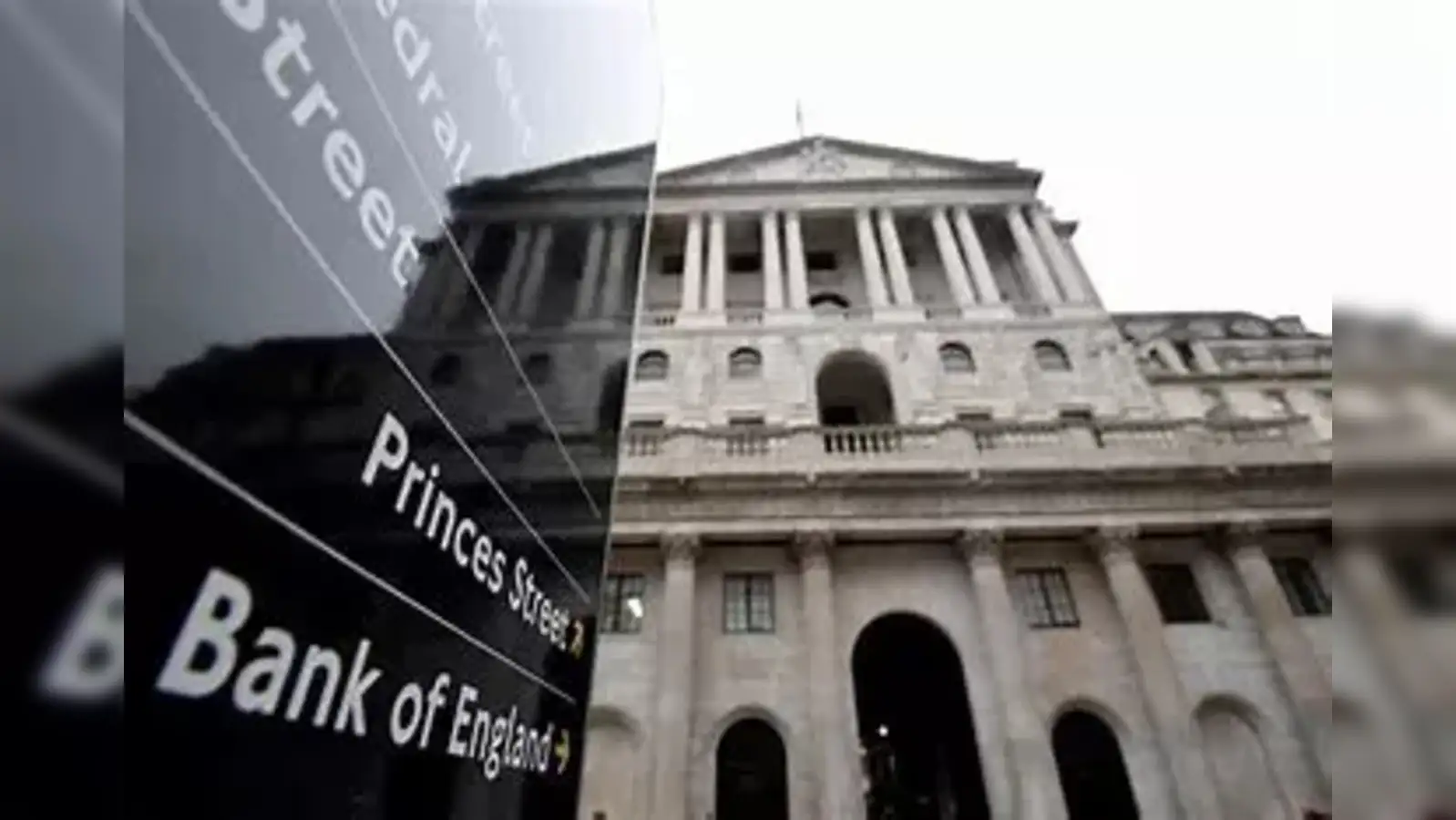Bank of England Lowers Interest Rate by 25 Basis Points in Response to Global Developments

The Bank of England has announced a reduction in its main interest rate, lowering it by 0.25 percentage points to 4.25%. This decision comes amid concerns over a potential global economic slowdown, largely attributed to the trade policies of the Trump administration. The announcement was made just hours before the unveiling of a significant US-UK trade deal, which President Trump has described as a comprehensive agreement aimed at strengthening ties between the two nations.
Impact of Trade Policies on Economic Decisions
The Bank of England’s decision to cut interest rates reflects growing apprehension about the impact of escalating tariffs, particularly between the United States and its key trading partners, including China and the UK. Economists suggest that the Monetary Policy Committee (MPC) made this pre-emptive move to mitigate the risks associated with a potential external demand shock. Edward Allenby, a UK economist at Oxford Economics, noted that this rate cut indicates the MPC’s willingness to adopt a more proactive approach in response to the uncertainties stemming from US trade policies.
The MPC’s announcement was made at 12:02 p.m., slightly later than usual to observe a moment of silence for Victory in Europe Day. This rate cut is part of a broader trend, as the Bank has been gradually reducing borrowing costs since August 2024, when rates were at a 16-year high of 5.25%. The decision underscores the central bank’s focus on navigating the complexities of the current economic landscape, which has been significantly influenced by international trade dynamics.
Current Economic Climate and Inflation Concerns
Despite the ongoing inflationary pressures in the UK, which currently stands at 2.6%, the Bank of England prioritized shielding the economy from the broader impacts of trade tensions and declining demand. Analysts expect inflation to rise temporarily due to recent price increases in essential sectors such as energy and water. However, the central bank’s focus remains on stabilizing the economy in light of the uncertain global economic outlook.
In contrast, the US Federal Reserve opted to maintain its interest rates during its recent meeting, indicating a preference for gathering more information on how US tariffs might affect domestic economic conditions. Similarly, the European Central Bank cut rates last month, aligning its monetary policy with the Bank of England’s more dovish stance. This coordinated approach among central banks reflects a global shift in monetary policy as inflation rates begin to retreat from the highs experienced in recent years.
Future Projections and Economic Strategies
Looking ahead, further interest rate cuts are anticipated as central banks continue to navigate the evolving economic landscape. However, economists largely agree that interest rates are unlikely to return to the ultra-low levels seen during the post-2008 financial crisis and the pandemic era. The recent rate cuts by the Bank of England and other central banks signal a shift in strategy as they respond to changing economic conditions and the lingering effects of previous aggressive rate hikes aimed at combating inflation.
As the global economy faces uncertainties, the Bank of England’s latest decision highlights the delicate balance central banks must maintain between fostering economic growth and managing inflation. The upcoming US-UK trade deal is expected to play a crucial role in shaping future economic policies and market expectations, making it a focal point for analysts and policymakers alike.
Observer Voice is the one stop site for National, International news, Sports, Editor’s Choice, Art/culture contents, Quotes and much more. We also cover historical contents. Historical contents includes World History, Indian History, and what happened today. The website also covers Entertainment across the India and World.

